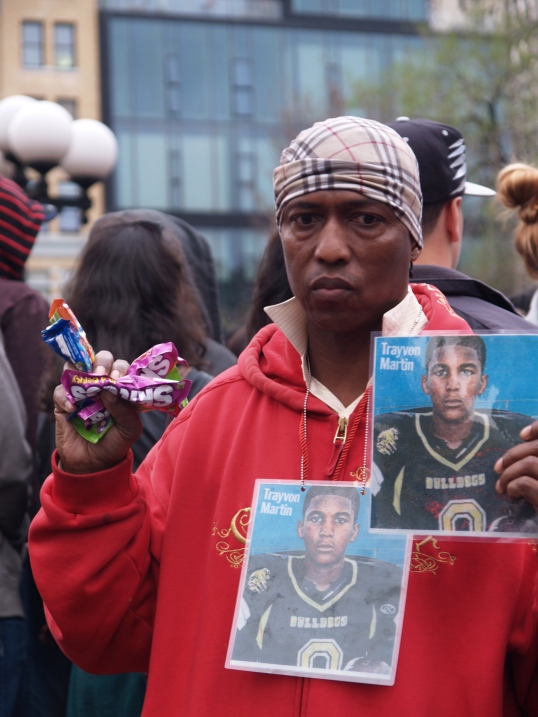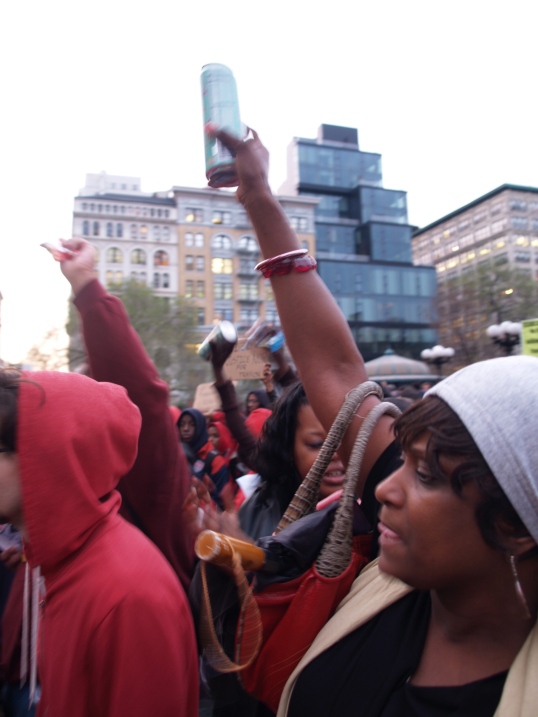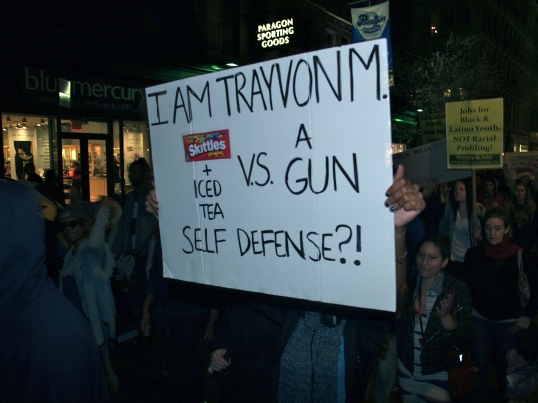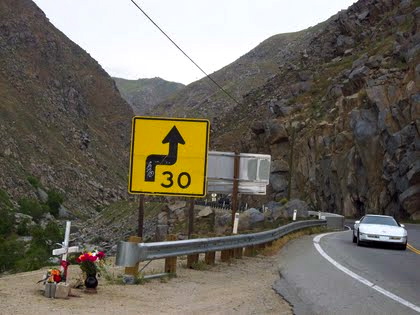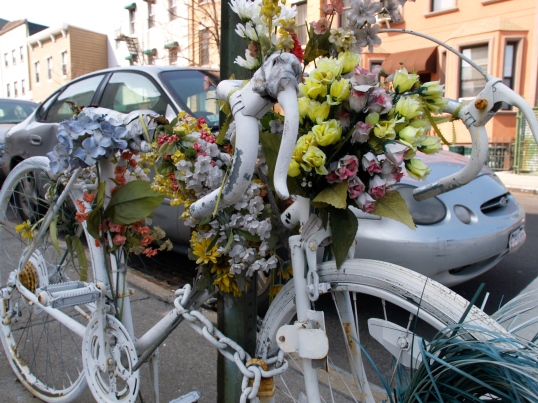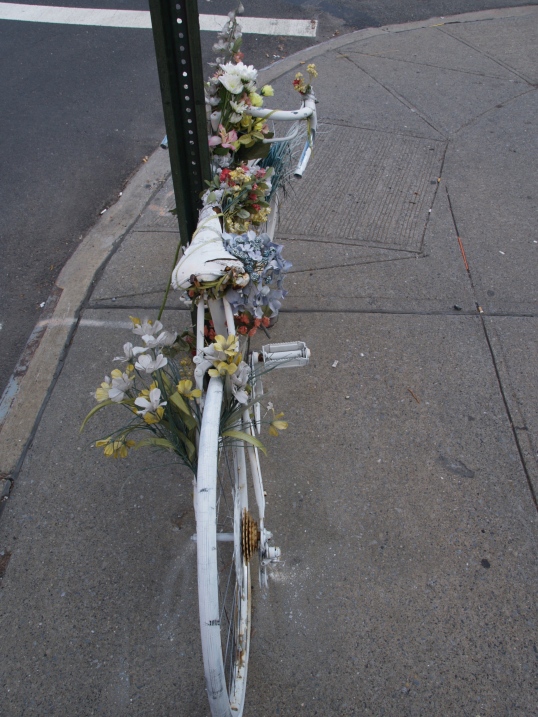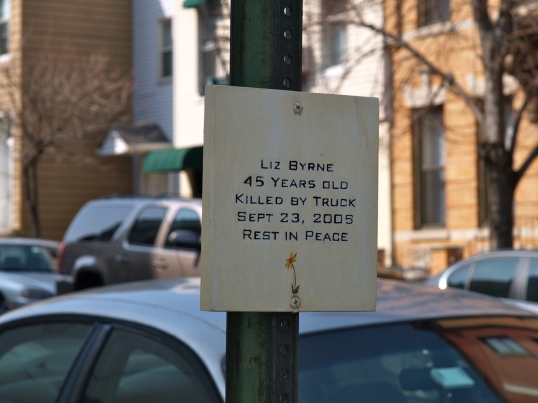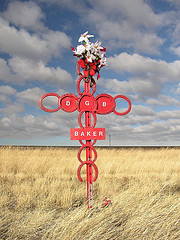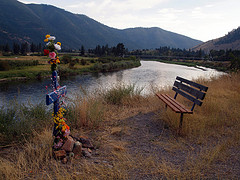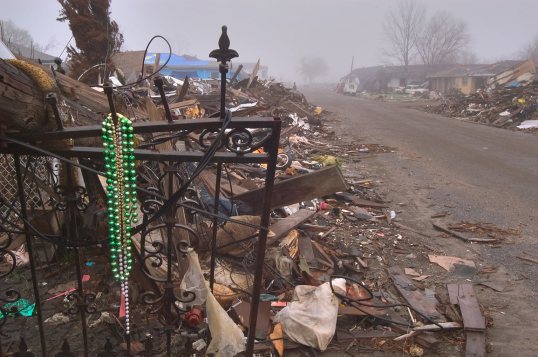Chardon High School
I write about death a lot. I think about death a lot. As an EMT, I’ve been trained to deal calmly with pain, suffering, and death. In the academic world, I often read and write about it as well–war and conflict photography, narrative medicine, spontaneous shrines. As a result, I’ve taught myself to (somewhat) handle being immersed in such a subject. I do not take it lightly, by any means, but there is a certain dissociation that happens. But there are moments when I find myself pausing–often unexpectedly–because I am absolutely feeling what I am dealing with at that point in time. Perhaps that is one of the reasons why I write about shrines. They pull us out of our normal way of life and force us to face them and think and feel.

Photo from newsnet5.com
There is something particularly troubling about school shootings–perhaps because the idea of a child killing another child (or an adult) is a practically incomprehensible act. I was in middle school when the shootings happened at Columbine High School. That was the act that, unfortunately, seemed to usher in the age of school shootings. It had been done once (and was made very public, especially by the media), so it could be done again.
When the shooting happened two days ago at Chardon High School, a Cleveland, OH suburb, I wondered if there would be a makeshift memorial–since there were no initial casualties. It was several hours after the shooting and after the first death of a student had been announced that photographs of the small memorial began making their way onto the internet. Perhaps the shrine was started earlier; I do not know. But, it did not become a focus until after a fatality. [Interestingly, on one website, the photograph that accompanied the identification of the first victim was not of the Chardon shrine, but of one for Rep. Gabrielle Giffords–a shrine photo was needed and would be seen as a notice of death, so one was substituted for the other, perhaps? It could also have just been an honest, albeit unfortunate, mistake.] To speak briefly about the shrine at Chardon–it was constructed around the sign at the front of the school, a natural location as it is accessible to everyone in the way that the cafeteria (the location of the shooting) may not have been. It is also a highly visible place. Inside a lunchroom is not. Many of the objects left around the shrine are red and white, which are the school’s colors.
When an event as difficult to understand as a school shooting occurs, it can be challenging to start a conversation about what happened and why it happened. After the disbelief and shock pass, the discussion begins. Discussions need focal points and those are often the shrines. I do not want to conflate the shooting at Chardon with the shooting at Columbine as they are separate events, and should not be thrown together carelessly. However, the shrine that was built at Columbine was one of the most controversial focal points I have ever encountered. Because of that, I think it has a place in this post.
Columbine High School
What is the difference between this photograph:

Photo from acolumbinesite.com
and this photograph?:

Photo from acolumbinesite.com
The first photograph shows 15 crosses in Clement Park while the second only shows 13 crosses. Why? This is where the controversy comes in. It begins with a man who drives miles and miles to erect shrines for people who have died. His name is Greg Zanis.

Photo from acolumbinesite.com
Following the shooting at Columbine, Greg Zanis drove all through the night to a place called Clement Park in Littleton, Colorado–a highly visible hill near the high school–to erect 15 crosses he had made by hand with his son. The 15 crosses were for the 13 people who were shot…and for the shooters, Eric Harris and Dylan Klebold. Zanis recognized that he should do something to set the two crosses for Klebold and Harris apart from the other 13, so he wrote their names in a different style from the names on the other crosses. Rather than a more elegant, flowing style, he used edgy Greek-style lettering. The next day, when people saw the crosses, they recognized them as a space for memorializing the tragedy. People congregated around 13 of the crosses, leaving flowers, teddy bears, and candles. At two of the crosses, many people didn’t seem to know what to do. A few left flowers, some defaced the cross by etching scathing messages into the wood, and at least one tacked up a piece of paper with Bible quotes about sin and sinners.

Photo from acolumbinesite.com
After a while, and against the wishes of Zanis, the crosses for Klebold and Harris were taken down. Today, at the permanent memorial for Columbine, there are only 13 crosses.
Why was there so much animosity toward the two crosses for the shooters? They also died that day, after all. I believe it is because the crosses were the first tangible things that represented what happened. They literally and figuratively grounded the incomprehensible event. When shrines are erected, they embody the event. People can touch them, talk to them, leave objects at them, and in cases like Columbine, deface them and get angry at them. This does not negate the sacrality of the space, in my opinion. Because the space of those two crosses is sacred and carved out from normal space, although people dislike them, they still see and respect them as the embodiment of the tragedy and of the people they memorialize. The shrines do their job effectively, but rather than being a place of comfort, they become a place of discontent. Personally, I do think it is unfortunate that the crosses were taken down, but it is also a testament to their efficacy.
The importance of making an event tangible is it allows for a moving forward. When an event is incomprehensible, there is nothing that can be done about it or to it. It is too terrible to comprehend and to understand, so it cannot be challenged nor can it be prevented. Through grassroots memorialization, a conversation can begin. While it may take ugly turns at times, there is the possibility of confronting the circumstances that lead to that type of event–with the hope of not allowing it to happen again.

Photo from newsnet5.com




